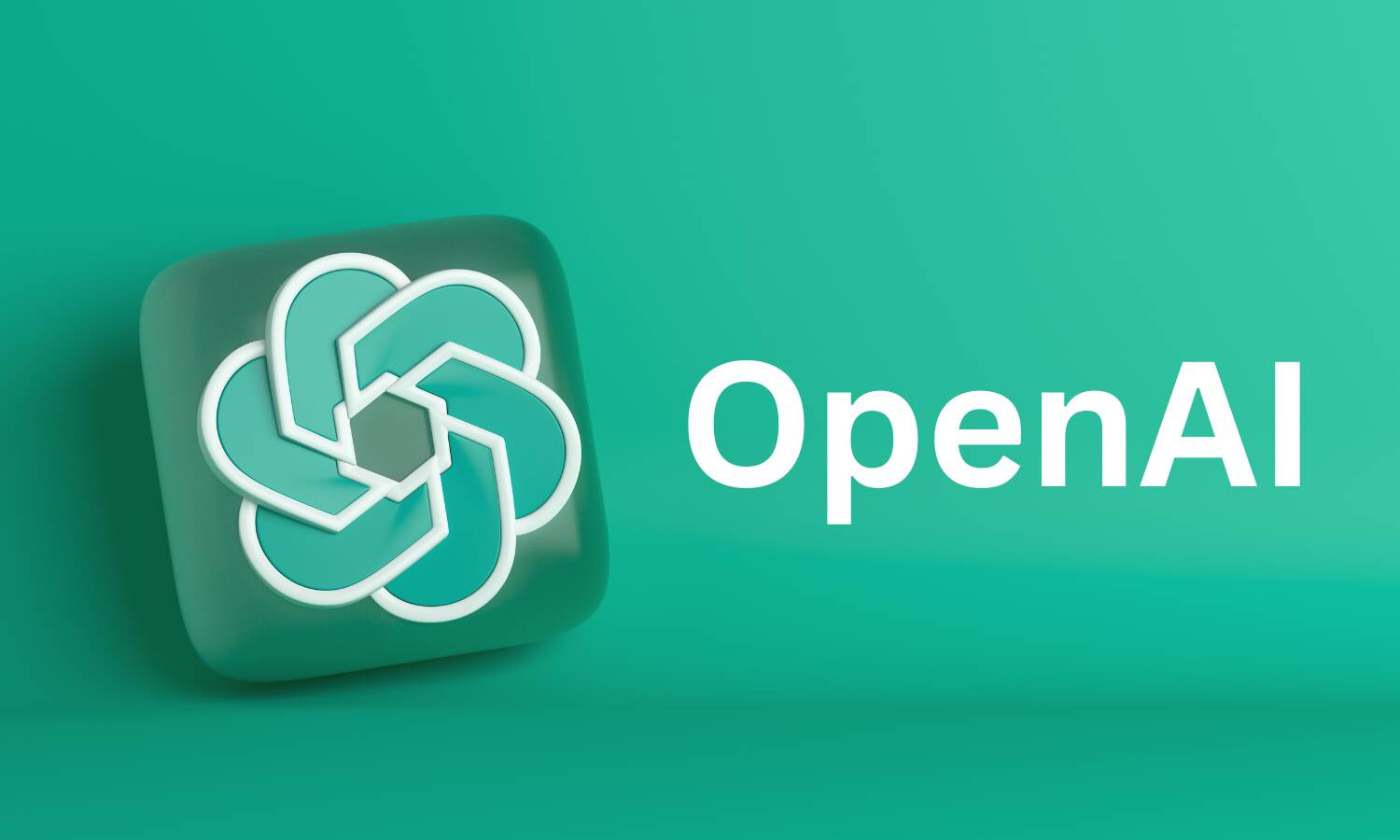



Tool To Spot AI-Written Content Is Released By OpenAI
Discover what the new OpenAI Text Classifier can and cannot do, as well as how it can be used as a starting point...
OpenAI, the artificial intelligence research firm behind ChatGPT, has released a new tool for distinguishing between AI-generated and human-generated text.
Even though it is impossible to detect AI-written text with 100% accuracy, OpenAI believes its new tool can help to reduce false claims that AI-generated content was written by humans.
According to an announcement, OpenAI's new AI Text Classifier can limit the ability to run automated misinformation campaigns, use AI tools for academic fraud, and use chatbots to impersonate humans.
When tested on a set of English texts, the tool correctly identified whether or not the text was written by AI 26% of the time. However, it also incorrectly assumed that AI wrote human-written text 9% of the time.
According to OpenAI, its tool performs better with longer text, which could explain why it requires a minimum of 1,000 characters to run a test.
The following are some of the new OpenAI Text Classifier's limitations:
- Both AI-generated and human-written text can be mislabeled.
- With minor changes, AI-generated text can elude the classifier.
- Can make mistakes with text written by children and non-English text because it was primarily trained on English content written by adults.
Keeping that in mind, let's take a look at how it performs.
Using the AI Text Classifier from OpenAI
The OpenAI AI Text Classifier is simple to use.
Log in, paste the text to be tested, and click the submit button.
The tool will assess the likelihood that the text you submitted was generated by AI. The following are the outcomes:
- Very unlikely
- Unlikely
- Unclear if it is
- Possibly
- Likely
We put it to the test by having ChatGPT write an essay about SEO and then submitting the text to the AI Text Classifier verbatim.
It classified the ChatGPT-generated essay as possibly AI-generated, which is a strong but uncertain indicator.
We changed the rating from possibly to unclear by making minor changes suggested by Grammarly.
OpenAI is correct in stating that evading the classifier is simple. However, it is not intended to be the only proof that AI wrote something.
OpenAI states in a FAQ section at the bottom of the page
"Our intended use for the AI Text Classifier is to foster conversation about the distinction between human-written and AI-generated content. The results can be useful, but they should not be used as the sole basis for determining whether a document was generated using AI. The model was trained using human-written text from various sources, which may not be representative of all types of human-written text."
According to OpenAI, the tool has not been thoroughly tested to detect content that combines AI and human-written text.
Finally, while the AI Text Classifier can be useful for flagging potentially AI-generated text, it should not be used as the sole criterion for making a decision.
To keep up with the Google Update cycle for its search engine, Hocalwire CMS features a carefully curated collection of settings that are automatically updated. We provide mobile SEO implementation as part of our standard packages as a service to our clients. To learn how Hocalwire may assist in transforming your current codebase into a beautiful mobile experience, schedule a Demo right away.

